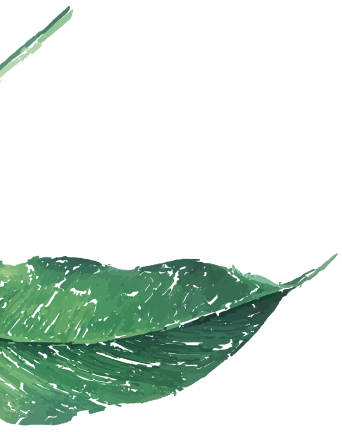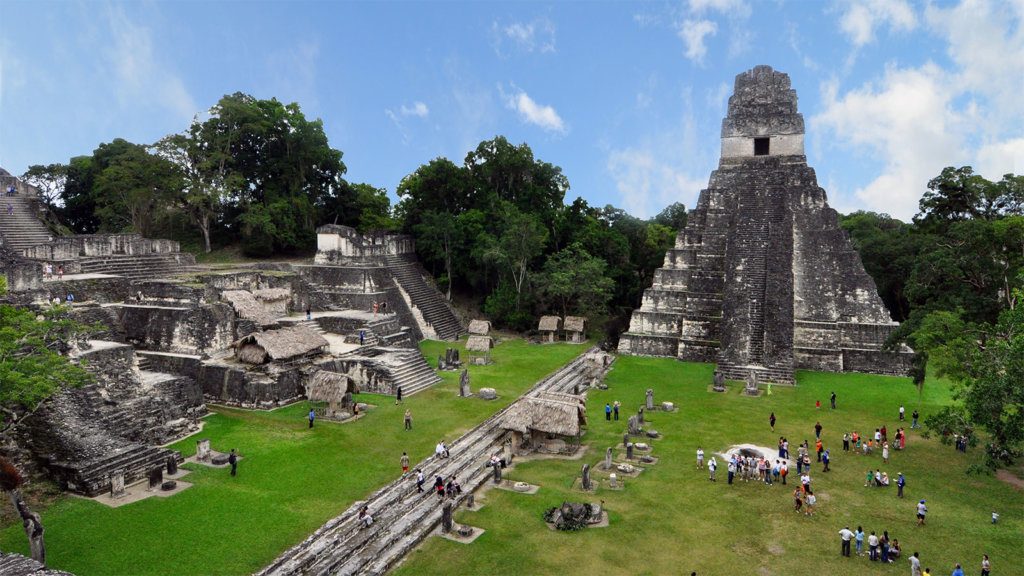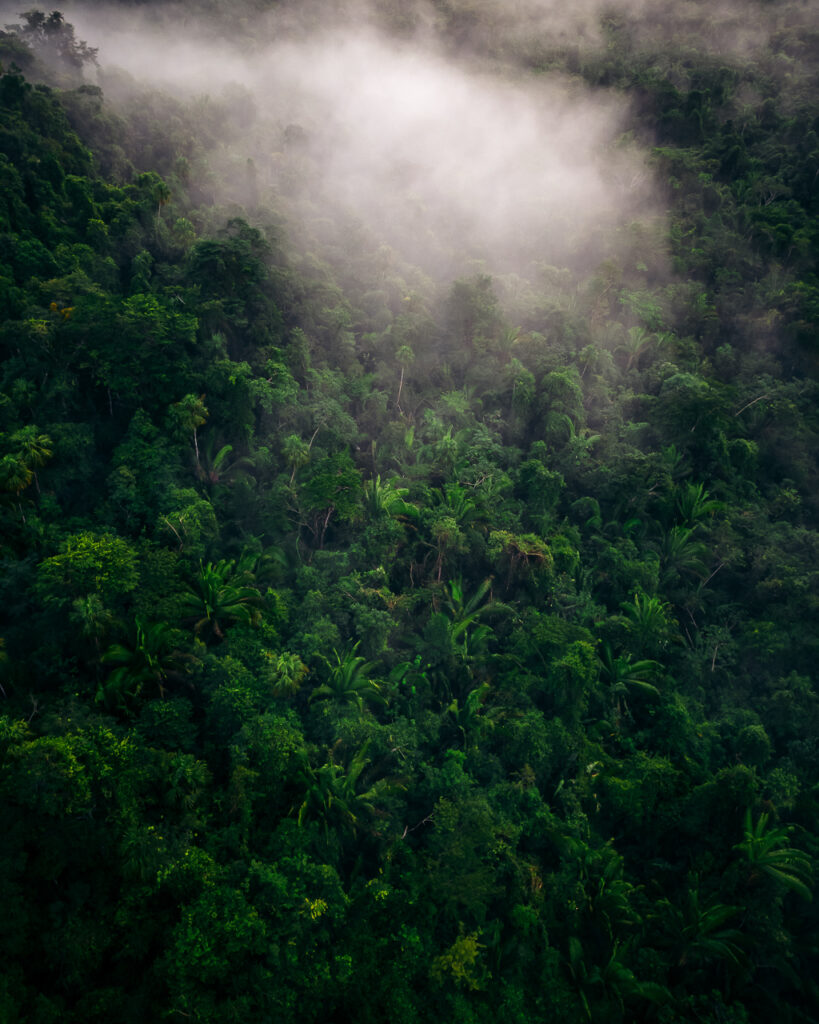As you explore the jungles and rainforests of Central and South America, you may hear a deep, guttural roar echoing through the trees. This sound, like something straight out of a Jurassic Park movie, is the distinctive call of the howler monkey. These primates are a common sight and sound in the tropical forests of Belize, and learning about them can add an exciting dimension to your travels. In this article, we’ll explore what a howler monkey is, where to find them in Belize, and why they’re such an important part of the country’s natural heritage.
First and foremost, it’s worth noting that howler monkeys are not just any old monkeys. They’re actually one of the largest primates in the Americas, with males weighing up to 22 pounds and females up to 17 pounds. They have stocky bodies and powerful limbs, which allow them to move quickly and gracefully through the trees. And of course, they’re known for their vocalizations-specifically, the deep, booming call that can be heard up to three miles away.
So why do howler monkeys make such a distinctive sound? There are a few reasons. First, it’s a way for them to communicate with each other. Howlers are social animals that live in groups, and their calls allow them to stay in touch with each other even when they’re spread out across the forest. Second, the sound serves as a territorial marker. Howlers will often call out in the morning to let other monkeys know that they’re still in the area and to stake their claim to a particular territory.
As for where to find howler monkeys in Belize, your best bet is to head to one of the country’s many national parks and wildlife reserves. The Community Baboon Sanctuary in the Belize River Valley is a particularly popular spot for howler monkey sightings. This reserve was established in the 1980s by a group of local villagers who wanted to protect the howler monkeys that lived in the area. Today, the sanctuary covers over 20 square miles and is home to around 2,000 howler monkeys. Visitors can take guided tours of the sanctuary to learn about the monkeys and their habitat, and may even get the chance to see them up close and personal.
Other great places to see howler monkeys in Belize include the Cockscomb Basin Wildlife Sanctuary, the Crooked Tree Wildlife Sanctuary, and the Monkey Bay Wildlife Sanctuary. These protected areas offer opportunities to see not only howler monkeys, but a wide range of other wildlife as well, including jaguars, toucans, and tapirs.
So why are howler monkeys such an important part of Belize’s natural heritage? For starters, they’re an iconic species that serves as a symbol of the country’s rich biodiversity. They’re also a keystone species, meaning that they play a critical role in maintaining the health and balance of the ecosystems in which they live. Howler monkeys help to disperse the seeds of the trees and plants they eat, which helps to regenerate the forest and promote new growth. They also serve as prey for larger predators, which helps to keep the food chain in check.
Howler monkeys are herbivores, mainly feeding on leaves, fruits, and flowers. They have a unique digestive system that allows them to break down tough plant materials and extract nutrients from them.
In Belize, howler monkeys can be found in many areas, including the Belize River Valley, the Cockscomb Basin Wildlife Sanctuary, and the Mayflower Bocawina National Park. They can also be heard and occasionally seen near the Jaguar Creek property in the Cayo District.
While howler monkeys are a beloved symbol of Belize’s diverse and vibrant wildlife, they are also facing threats. Habitat loss due to deforestation and human development, as well as hunting for their meat and pelts, has put the species at risk. Organizations such as the Belize Wildlife Conservation Network are working to protect and conserve howler monkeys and other endangered species in Belize.
If you’re visiting Belize, encountering howler monkeys in their natural habitat can be a thrilling experience. However, it’s important to remember to respect their space and observe from a safe distance. The best way to spot howler monkeys is by listening to fortheir unmistakable calls and looking for movement in the treetops. Guided tours with trained naturalists can provide a deeper understanding and appreciation of these fascinating creatures.
In conclusion, howler monkeys are an iconic species of Belizean wildlife, known for their distinctive vocalizations and impressive physical adaptations. While facing threats, efforts to protect and conserve these primates are ongoing. If you’re planning a trip to Belize, be sure to keep an ear out for the sounds of howler monkeys in the trees, and perhaps catch a glimpse of these fascinating creatures in their natural habitat.
To learn more about beautiful Belize, explore our blog.





